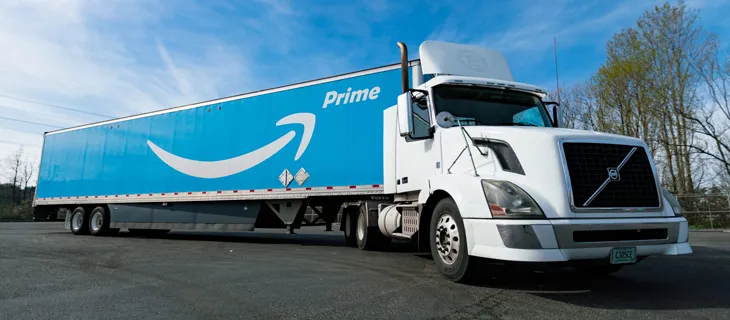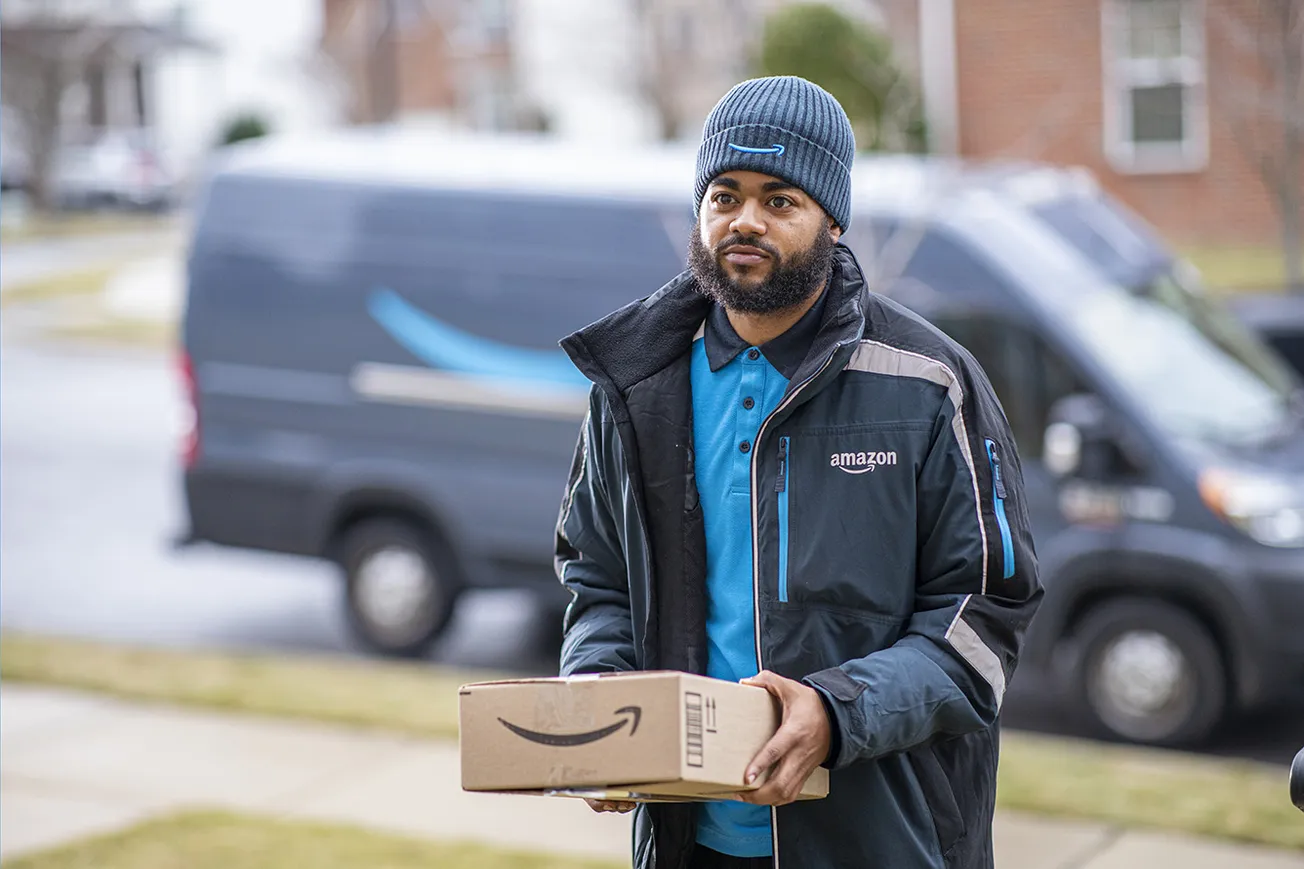SEATTLE — Amazon on April 27 posted a profit of $3.2 billion for the first quarter, up from a loss of $3.8 billion in the year-ago quarter and easily surpassing analysts’ estimates.
The swing to a profit came as Amazon ramped up cost-cutting measures. The company has announced two rounds of layoffs, canceled products and nixed physical store expansions. After building too much warehouse capacity during the pandemic, Amazon said it continues to improve productivity within its delivery network.
“There’s a lot to like about how our teams are delivering for customers, particularly amidst an uncertain economy,” Andy Jassy, Amazon’s chief executive officer, said in a statement.
Jassy said Amazon’s stores business showed improved results in the quarter as the company continued to increase the speed with which it gets products into the hands of customers.
“Our advertising business continues to deliver robust growth, largely due to our ongoing machine-learning investments that help customers see relevant information when they engage with us, which in turn delivers unusually strong results for brands,” Jassy said.
Among first-quarter highlights:
• Net sales increased 9% from a year earlier to $127.4 billion.
• Revenue at physical stores, a category that includes Whole Foods and Amazon Go stores, increased 7% to $4.9 billion.
• Revenue at online stores was flat year over year at $51.1 billion. That compares to a 2% year-over-year decrease in the fourth quarter.
• Subscription services revenue, which includes Prime memberships, came in at $9.6 billion, up 15%.
• North America segment operating income was $900 million, compared with operating loss of $1.6 billion in first quarter 2022.
• International segment sales increased 1% year-over-year to $29.1 billion. International segment operating loss was $1.2 billion, compared with operating loss of $1.3 billion in first quarter 2022.
• Amazon’s cloud computing business, Amazon Web Services, notched sales of $21.4 billion, a year-on-year increase of 16%. Amazon continues to see companies looking for ways to optimize their cloud spend with the ongoing economic uncertainty, Amazon CFO Brian Olsavsky said on an earnings call.
Olsavsky said some inflationary pressures are easing, including lower shipping rates and electricity costs.










